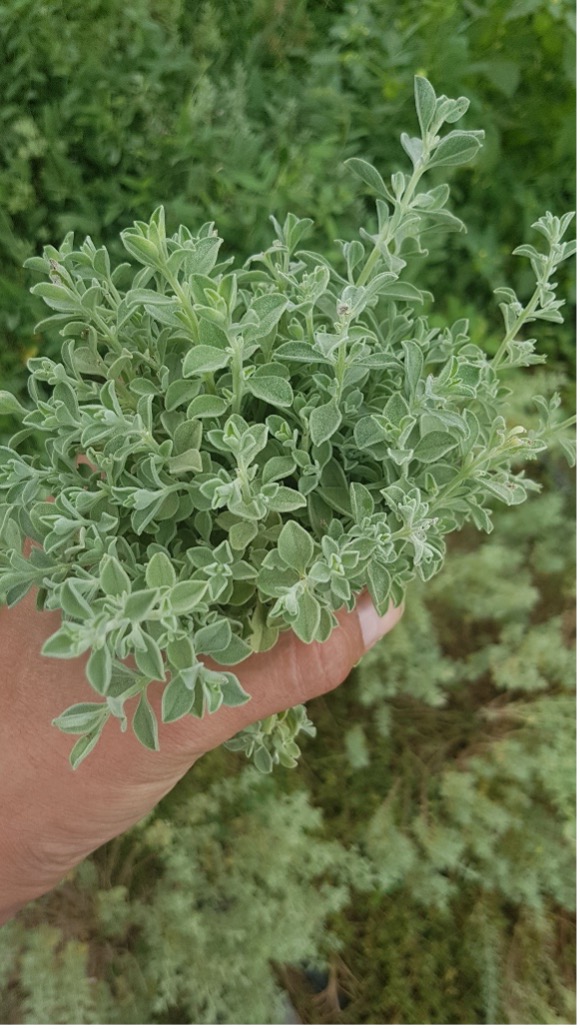Carvacrol
2023-01-14 2023-01-14 5:50Carvacrol

Carvacrol
Oregano (Origanum vulgare) is a flowering plant from the mint family (Lamiaceae). It is native to the temperate regions of western and southwestern Eurasia and the Mediterranean region. Oregano contains two powerful compounds called carvacrol and thymol, which have antibacterial and antifungal properties. Also, this medicinal plant benefits from antioxidant, anti-inflammatory, antimicrobial, anti-flatulent, diuretic, expectorant and expectorant properties.
This plant can be used to treat colds, relieve nasal congestion, strengthen the body’s immune system, relieve menstrual cramps, improve heart health, reduce adrenal fatigue, and fight toothache. Oregano is also effective in preventing and treating high blood sugar. The increase of antibiotic-resistant bacteria has increased the interest in natural compounds as alternative antimicrobial agents to control pathogenic microorganisms. Plant essential oils are attractive alternatives to antibiotics because they are natural, have no residues, and are difficult to induce resistance to.
Among them, carvacrol-rich essential oils (such as oregano essential oil) have been widely used as natural antibiotics in Europe and the United States due to their high antibacterial activity and antiseptic effects. Carvacrol is a phenolic monoterpene that is present in a high percentage of oregano essential oil (Origanum vulgare). Carvacrol has a wide spectrum of biological activities, which has significant potential for clinical applications such as antimicrobial, antioxidant and anticancer activities. Antimicrobial activity of carvacrol is higher than other volatile compounds in essential oils due to the presence of free hydroxyl group, hydrophobicity and its phenol part.



